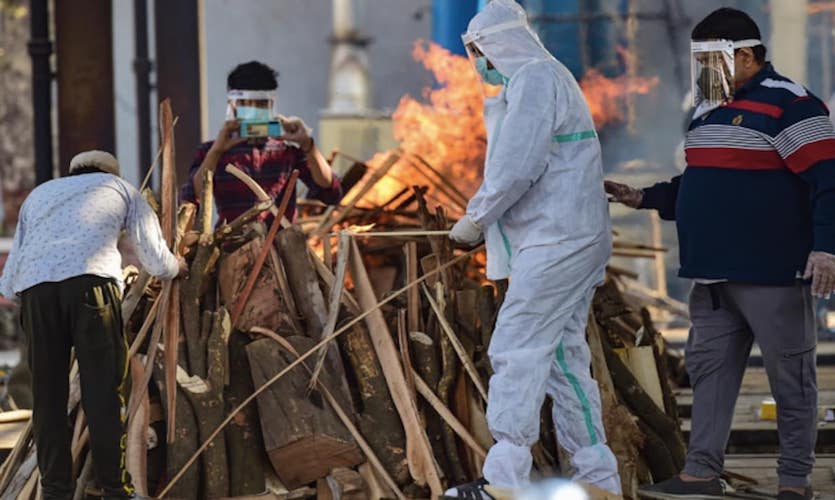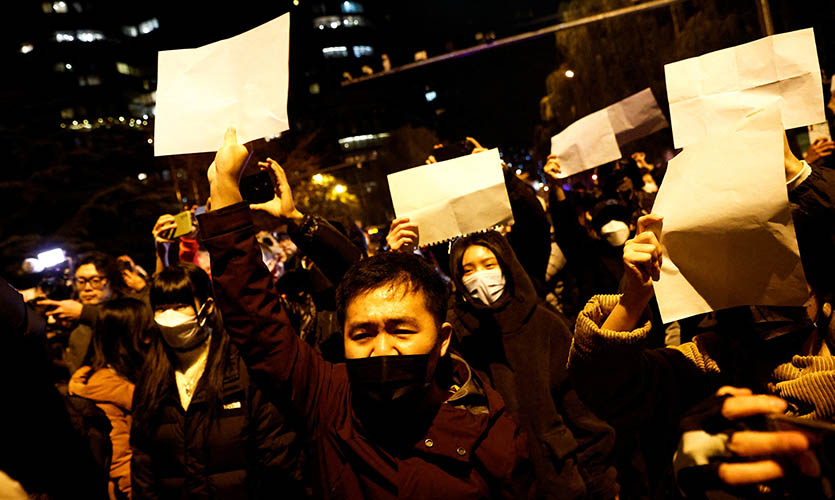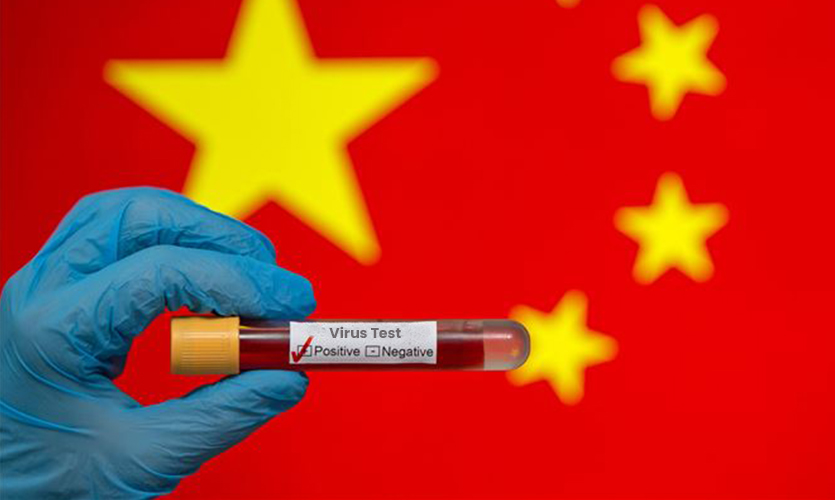On Thursday, the World Health Organization indicated that India witnessed 47.4 lakh “excess deaths” related to COVID-19 in the country, between 2020 and 2021, which is nearly ten times more than the official figures. While India has strongly objected to the WHO’s figures and rejected them, they have also questioned the validity of the methods used by the UN body for calculation.
According to a WHO report on the world’s COVID-19 “excess deaths” estimates, an estimated 15 million COVID-related deaths occurred across the world, between January 2020 and December 2021. This is more than double the official figure of six million. As of December 2021, India reported 0.48 million cumulative deaths, however, the WHO report estimates that there were at least 4.7 million deaths in the country due to COVID-19, directly (due to the disease) or indirectly (inability to access healthcare due to the pandemic’s impact). This would imply that India missed almost 90 percent of all COVID-19 deaths in the first two years of the pandemic, and that it accounts for nearly a third of COVID deaths globally.
The WHO report estimates that till August 2020 there were 62,000 fewer deaths, and that this number began to rise around September as many states across the country were witnessing the first wave of the COVID-19 infection. As per the organisation, more than half of the excess deaths took place during the peak of the second wave of infections in India, accounting for almost 2.7 million deaths in the months of April, May and June 2021. “These sobering data not only point to the impact of the pandemic but also to the need for all countries to invest in more resilient health systems that can sustain essential health services during crises, including stronger health information systems,” said WHO Director-General Dr Tedros Adhanom Ghebreyesus,.
These numbers are related to excess mortality or death, which according to the WHO’s report, is calculated as the difference between the number of deaths that have occurred, and the number that would be expected without the pandemic, based on data collected over the years. Reportedly, on average, at least 83.5 lakh people have died in the country every year, for the last decade and a half.
During 2020, according to the WHO data, 8.3 lakh COVID-19 deaths happened in India, while government data showed the death toll in India at 1.49 lakh. In light of the recent WHO report, the Union Health Ministry stated, “In view of the availability of authentic data published through Civil Registration System (CRS) by Registrar General of India (RGI), mathematical models should not be used for projecting excess mortality numbers for India.” The ministry added that India has “consistently questioned” the figures as WHO admitted that data from 17 states in India were obtained from “some websites and media reports”, for their mathematical model.
“Despite India’s objection to the process, methodology and outcome of this modelling exercise, WHO has released the excess mortality estimates without adequately addressing India’s concerns,” said the ministry. It further indicated that while India shared the data from CRS 2020 for the preparation for this report, the WHO chose to ignore it, leading to the publishing of “the excess mortality estimates”. The ministry further questioned, “How can a member state-driven organisation collect data from other sources, even when government data is available? Why were only 17 states selected? Why did the estimated number of deaths keep jumping from 13 lakh to 33 lakh to 63 lakh and then 47 lakh?”
The WHO has not directly responded to India’s criticism. “We engage closely with member states to clarify methodology and have had a series of consultations with colleagues in India,” said Samira Asma, Assistant Director-General for Data, Analytics and Delivery at the WHO. She asserted that these estimates are from the “best available data”, and have been produced using “robust methodology and a completely transparent approach”.










